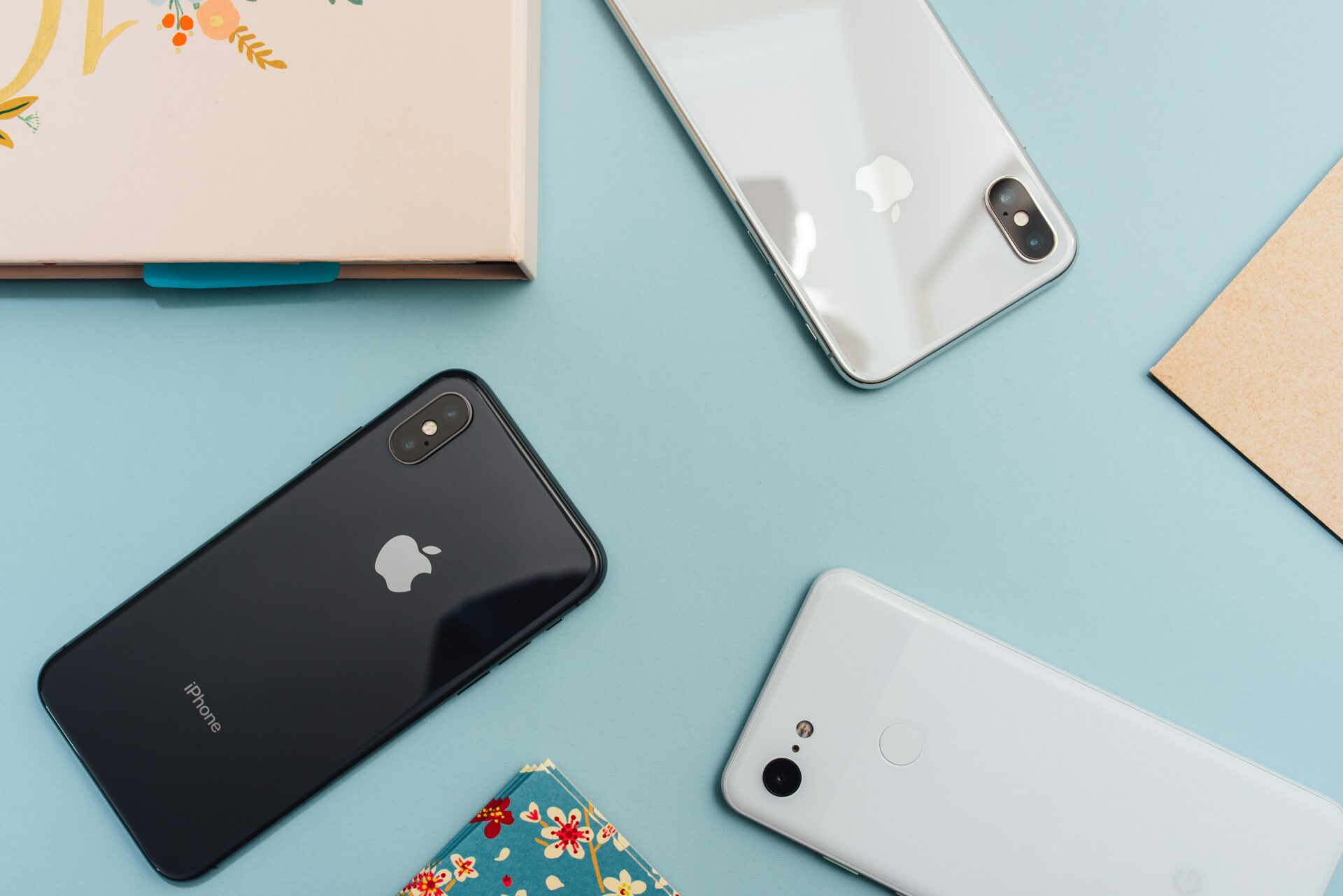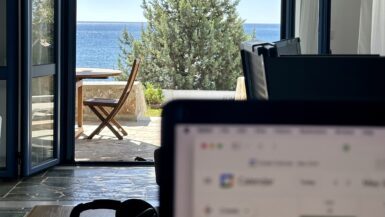In the ever-changing landscape of global travel, staying connected is not just a luxury—it’s a necessity. This is especially true for those of us living the digital nomad lifestyle or indulging in casual travel. Over the last three years, I’ve journeyed across continents, learning the ins and outs of maintaining reliable phone service without succumbing to exorbitant roaming charges. In this blog post, I’ll share my personal phone setup and offer tips to help you stay connected seamlessly, wherever your travels may take you. Let’s dive into the essentials of choosing the best phone service for travel- both nomads and casual travelers alike.
Table of Contents
My Setup for the Best Phone Service for Travel-Google Fi and Airalo Combined
Navigating the complexities of phone services while traveling can be daunting, but after years of globetrotting, I’ve found a combination that suits the digital nomad lifestyle perfectly: Google Fi for my personal number and Airalo e-SIMS for data. This setup allows me to maintain a consistent phone number worldwide, thanks to Google Fi. However, it’s important to note that Google Fi’s data services are not intended for continuous international use. They are designed for occasional travel, which could be a limitation for those of us on the road full-time.
To circumvent this and ensure I always have access to affordable and reliable data, I turn to Airalo e-SIMS. This ingenious solution lets me purchase a new e-SIM for each country I visit, directly from my phone. Not only does this save me from the hassle of physical SIM cards, but it’s also incredibly cost-effective. Airalo offers a variety of data plans, allowing me to choose the best option for my needs in each location.
This hybrid approach offers the best of both worlds: the convenience of keeping my phone number consistent no matter where I am in the world with Google Fi, and the flexibility of easily accessible, economical data plans through Airalo e-SIMS. It’s a setup that has served me well over the years, providing peace of mind and seamless connectivity, which is invaluable for anyone living the nomadic lifestyle. Whether I’m hopping from cafe to co-working space or exploring off-the-beaten-path destinations, my phone service setup ensures I’m always just a call or click away from staying connected.
Google Fi for Travel-Pros & Cons
Pros of Using Google Fi for Travel:
- Consistent Phone Number: Keep the same phone number everywhere in the world, adding a layer of convenience and reliability.
- Two-Step Authentication: Ideal for maintaining security with two-step authentication processes, ensuring safe access to accounts.
- Reasonable International Rates: Offers competitive rates for texting and calls internationally, making communication more affordable.
- Reliable Coverage: Ensures dependable coverage in numerous countries, providing peace of mind while traveling.
Cons of Using Google Fi:
- Data Limitation for Long-Term Travel: Although marketed for international use, Google Fi restricts data access if traveling continuously for more than three months, necessitating an alternative solution for data, such as Airalo e-SIMS.
Airalo e-SIMs for Travel-Pros & Cons
Pros of Using Airalo e-SIMS:
- Affordable Data Plans: Incredibly cost-effective options for staying connected without breaking the bank.
- User-Friendly Interface: The Airalo app is straightforward, making it easy to manage your data plans.
- Pre-Travel Setup: Allows you to organize your phone’s data plan before heading to your next destination, ensuring you’re always prepared.
- Flexible Data Packages: Offers a variety of data packages, including both country-specific and regional options, catering to different travel needs.
- Simplicity: The process of purchasing and using e-SIMS is designed to be hassle-free, providing a seamless experience.
Cons of Using Airalo e-SIMS:
- Variable Reliability: While generally reliable, data connectivity can occasionally falter, likely due to local cell coverage rather than Airalo itself.
- Inconsistent Speeds: Internet speeds may fluctuate based on the location, often influenced by the capacity and reach of local cell towers.
Tips for Getting the Best Phone Service for Travel
Tips for Getting the Best Phone Service for Travel:
- Unlocked Phone is Essential: Ensure your phone is unlocked to switch SIMs easily or use e-SIM services without restrictions.
- Restart Your Device for Issues: Encountering service problems? A simple restart can often resolve connectivity issues.
- Download Offline Resources: Maps, guides, and important information should be downloaded for access in areas with spotty service.
- Check Coverage Maps Beforehand: Research the cell coverage of your next destination to choose the best service provider for that area.
- Monitor Data Usage: Keep an eye on your data consumption to avoid running out unexpectedly. Use data tracking apps to help manage your usage.
- Invest in a Good Quality Travel Adapter: Ensure you have a reliable way to charge your devices, as keeping your phone powered is crucial.
- Utilize Wi-Fi When Possible: Save your data by connecting to Wi-Fi in hotels, cafes, and public spaces whenever it’s safe and available.
Conclusion
As we wrap up, remember that the phone setup and tips I’ve shared are based on my personal experiences as a digital nomad over the past few years. What works for me may not be a one-size-fits-all solution, but it has certainly kept me connected and charge-free on my global adventures. Tailoring your phone service to fit your travel lifestyle is key, and I hope my insights help you find your perfect match. Safe travels and happy connectivity—here’s to exploring the world without losing touch!




